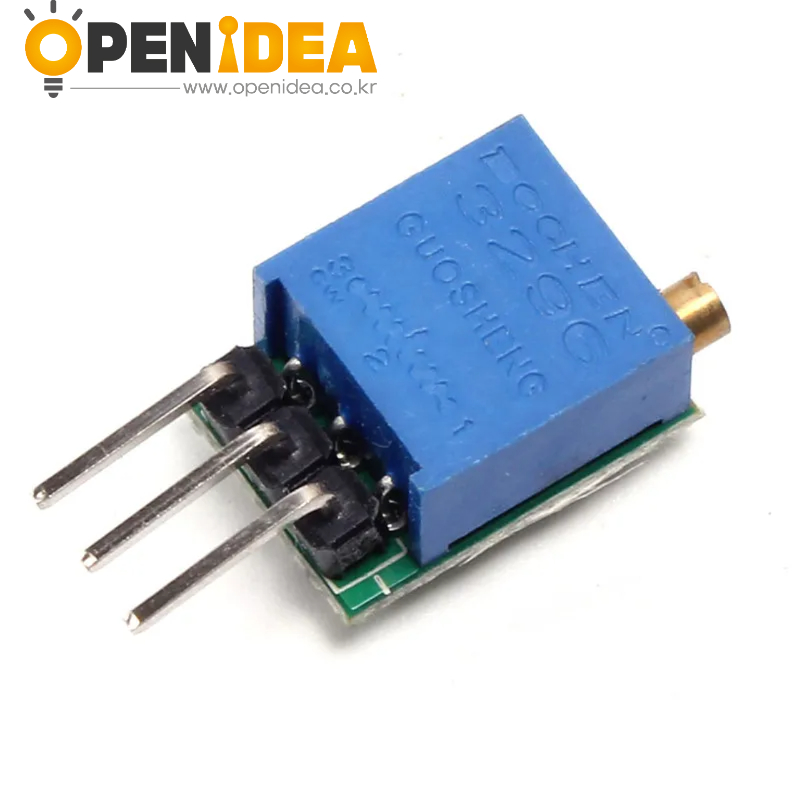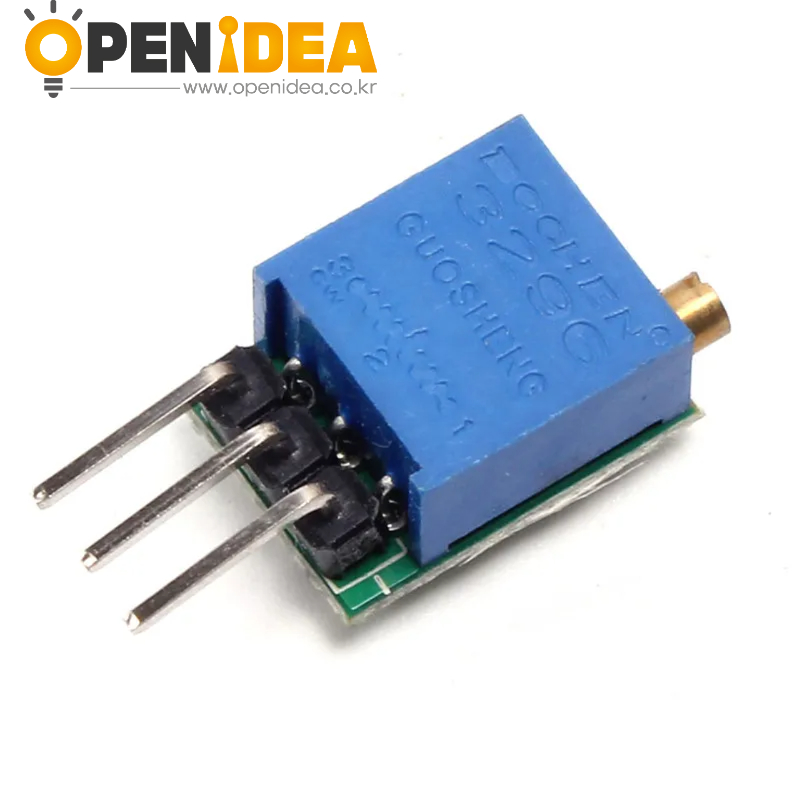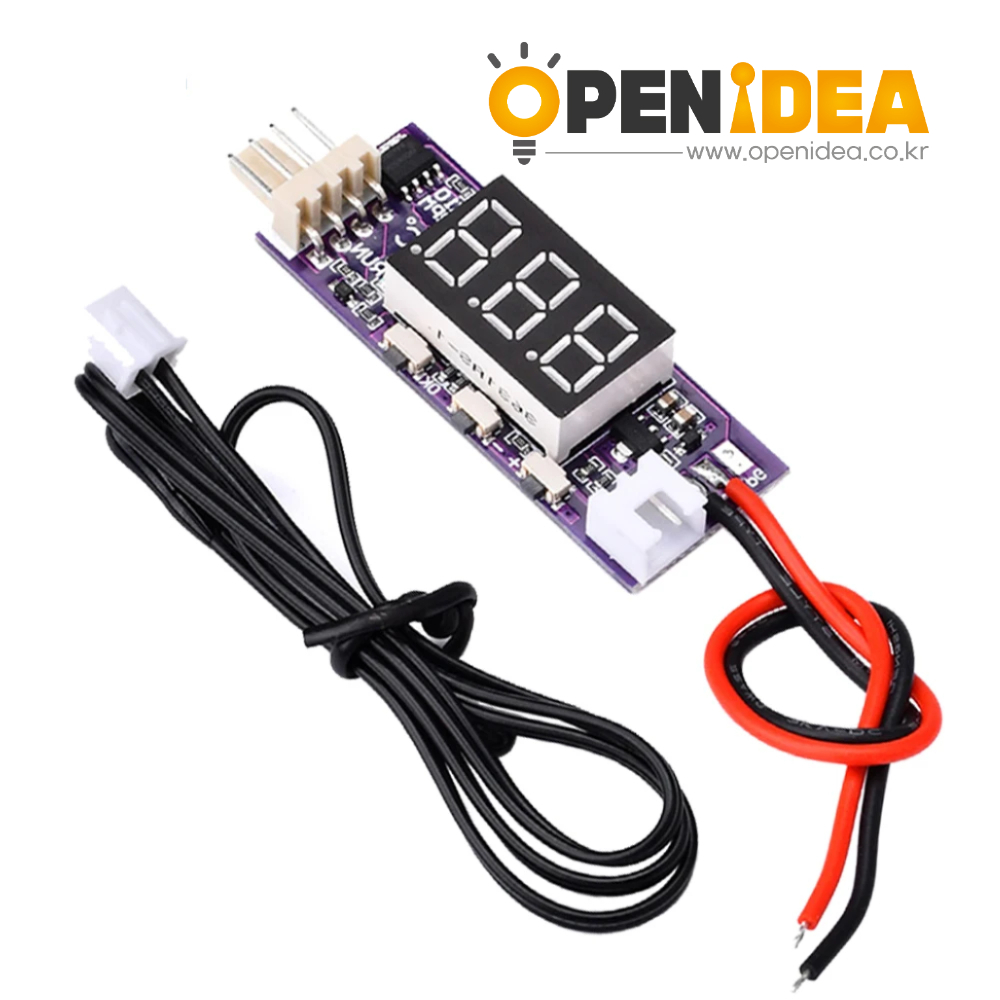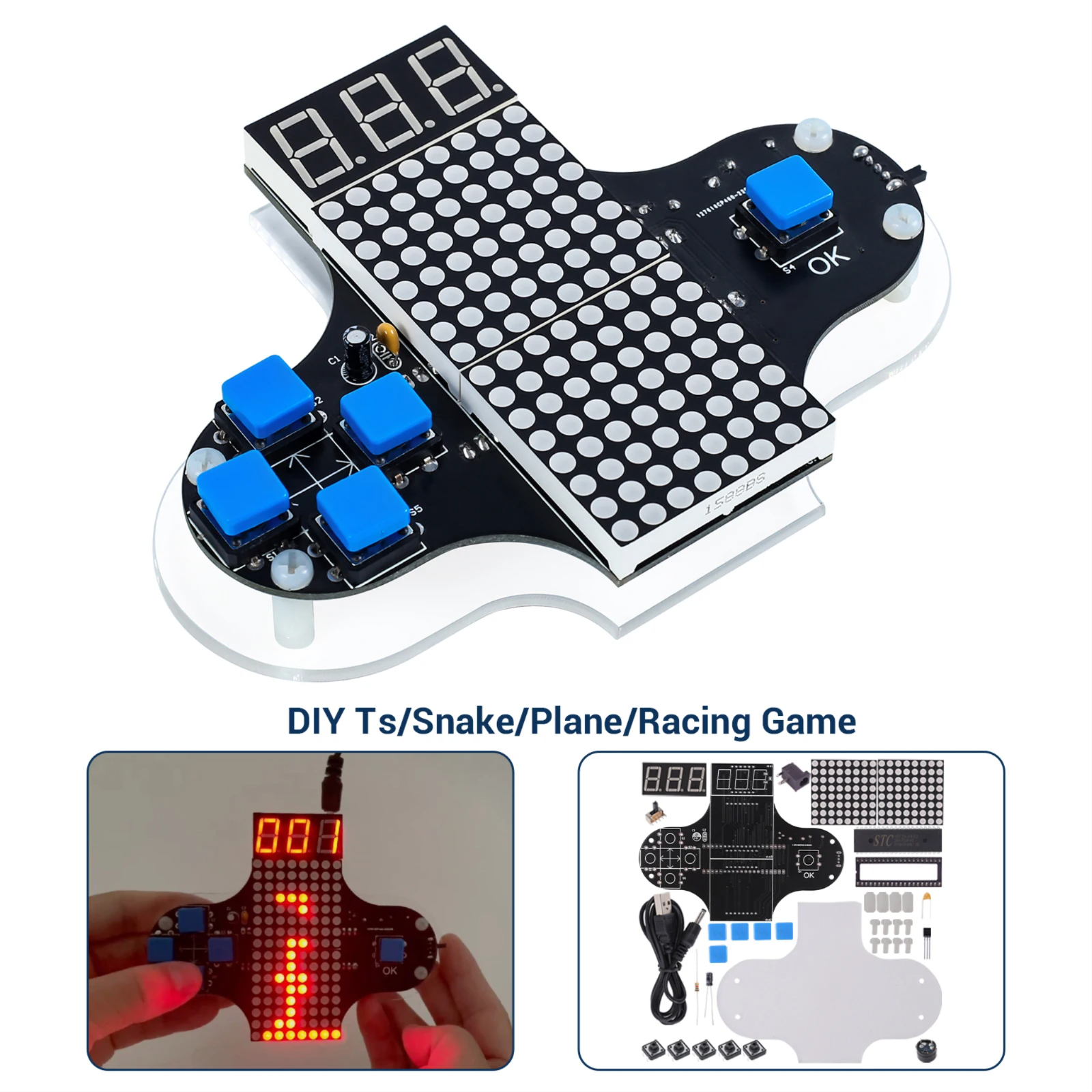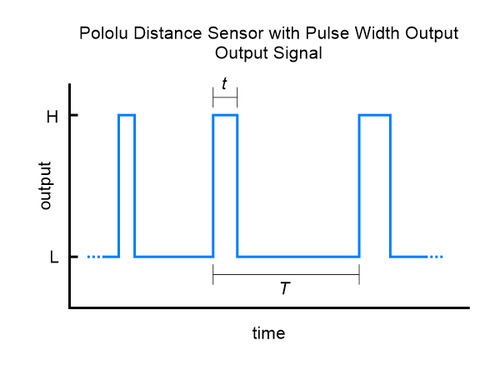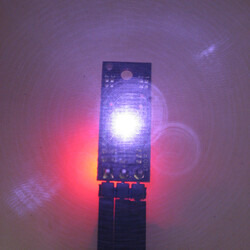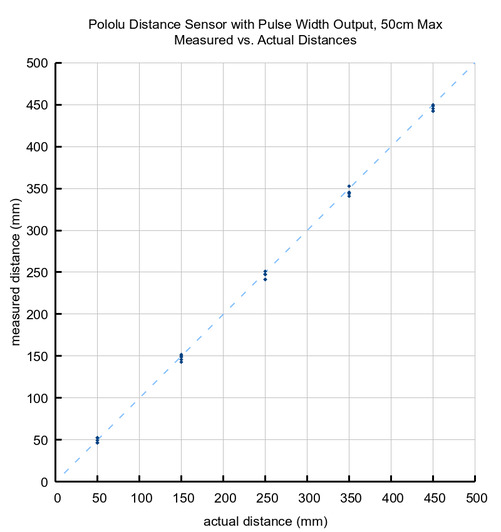-

1 XLR 암컷(F) to USB-C 변환 케이블 (동적 마이크용 PC-노트북 녹음 케이블) 1M [ZBL034-005]
4,650 원 -
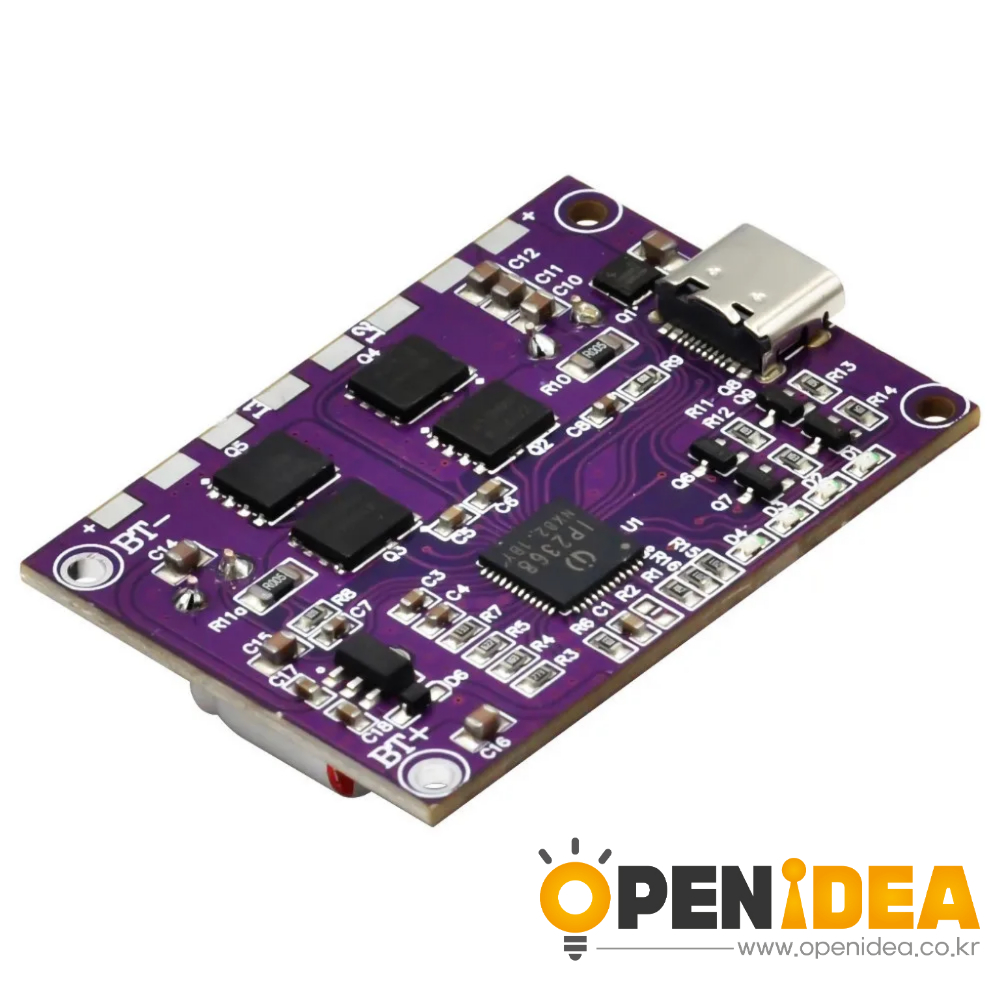
2 ip2368 양방향 고출력 고속 충전 모듈 파워뱅크 회로 기판 세트 PD100W 승강압 고속 충전 [ZTA180-325]
11,070 원 -

3 자동차 오디오 Hi-Low 컨버터 (서브우퍼 오디오 변환기) [ZTP50-092]
2,790 원 -
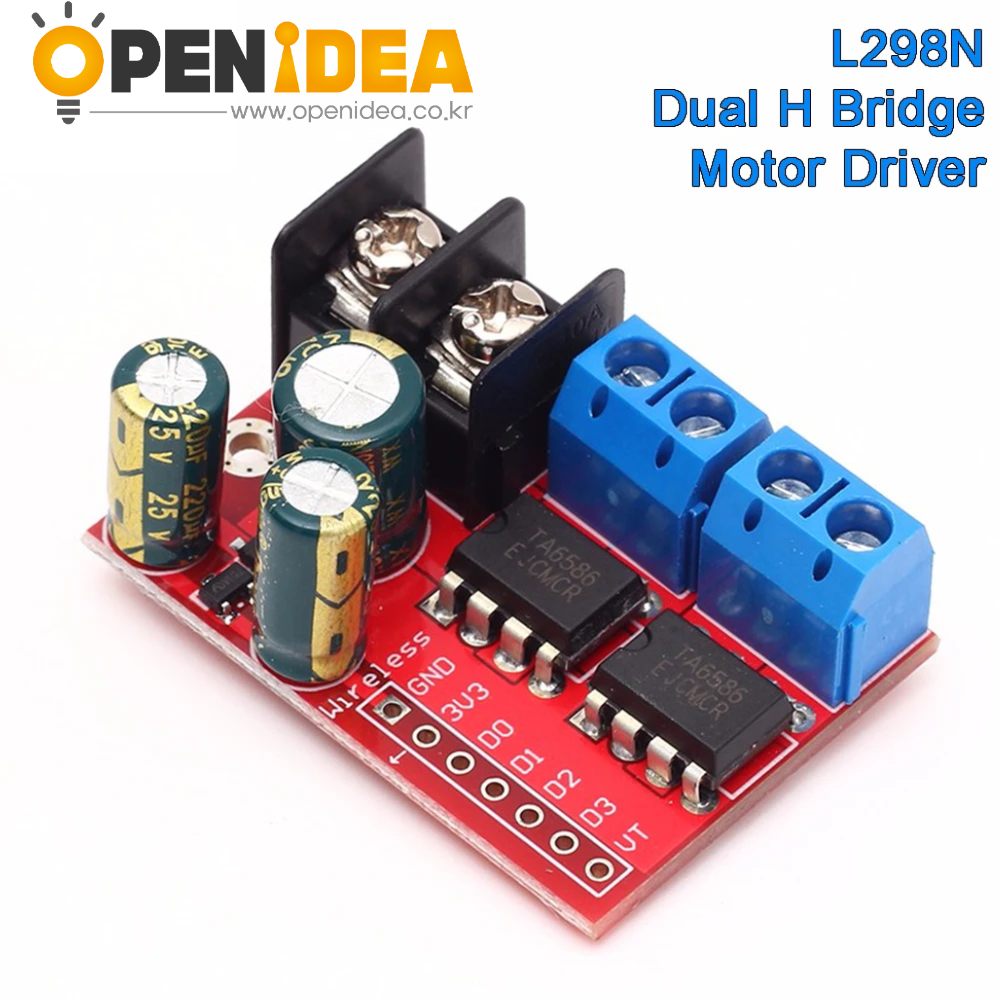
4 5A 듀얼 채널 DC 모터 드라이버 모듈 리모컨 가능 정역회전 PWM 속도 제어 듀얼 H-브리지 L298N 초월형 5A [ZTH83-011]
3,600 원 -
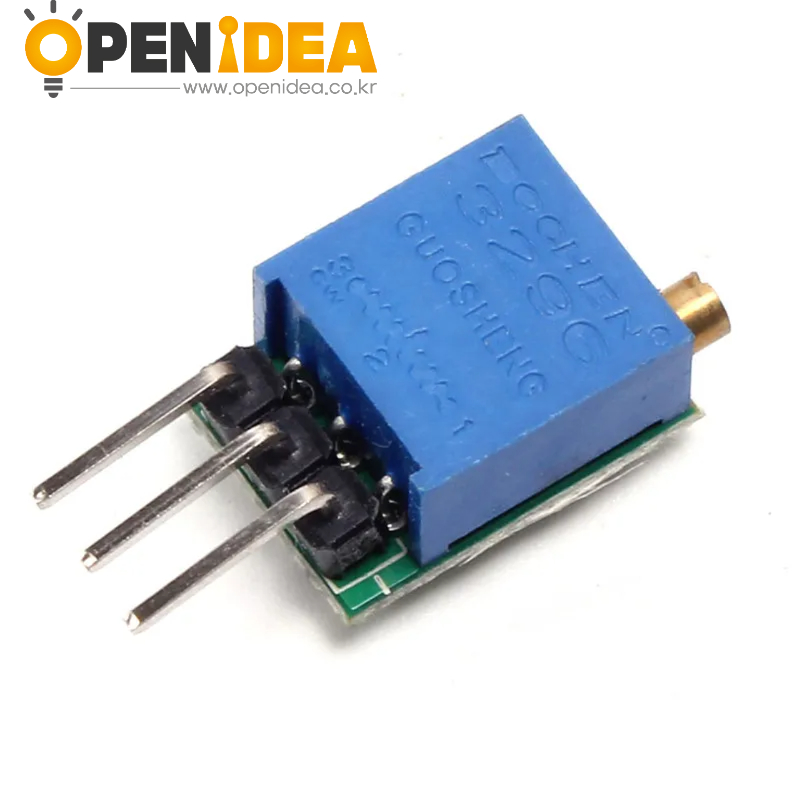
5 TP353 사각파 출력 NE555 모듈 발진기 가변 주파수 펄스 발생기 신호원 5kHz-250kHz DC 5-15V [ZTX101-179]
1,900 원
장바구니 담기
상품이 장바구니에 담겼습니다.
바로 확인하시겠습니까?
찜 리스트 담기
상품이 찜 리스트에 담겼습니다.
바로 확인하시겠습니까?
![소형 라이다 기반 출력 50cm 거리 센서 모듈 (디지털 펄스 폭 출력) [PLLU-4064] 소형 라이다 기반 출력 50cm 거리 센서 모듈 (디지털 펄스 폭 출력) [PLLU-4064]](/data/images/goods/23/08/34/1000036278/1000036278_main_096.jpg)
![소형 라이다 기반 출력 50cm 거리 센서 모듈 (디지털 펄스 폭 출력) [PLLU-4064] 소형 라이다 기반 출력 50cm 거리 센서 모듈 (디지털 펄스 폭 출력) [PLLU-4064]](/data/images/goods/23/08/34/1000036278/1000036278_magnify_044.jpg)
![소형 라이다 기반 출력 50cm 거리 센서 모듈 (디지털 펄스 폭 출력) [PLLU-4064] 소형 라이다 기반 출력 50cm 거리 센서 모듈 (디지털 펄스 폭 출력) [PLLU-4064]](/data/images/goods/23/08/34/1000036278/1000036278_magnify_138.jpg)
![소형 라이다 기반 출력 50cm 거리 센서 모듈 (디지털 펄스 폭 출력) [PLLU-4064] 소형 라이다 기반 출력 50cm 거리 센서 모듈 (디지털 펄스 폭 출력) [PLLU-4064]](/data/images/goods/23/08/34/1000036278/1000036278_magnify_229.jpg)
![소형 라이다 기반 출력 50cm 거리 센서 모듈 (디지털 펄스 폭 출력) [PLLU-4064] 소형 라이다 기반 출력 50cm 거리 센서 모듈 (디지털 펄스 폭 출력) [PLLU-4064]](/data/images/goods/23/08/34/1000036278/1000036278_magnify_371.jpg)
![소형 라이다 기반 출력 50cm 거리 센서 모듈 (디지털 펄스 폭 출력) [PLLU-4064] 소형 라이다 기반 출력 50cm 거리 센서 모듈 (디지털 펄스 폭 출력) [PLLU-4064]](/data/images/goods/23/08/34/1000036278/1000036278_magnify_451.jpg)
![소형 라이다 기반 출력 50cm 거리 센서 모듈 (디지털 펄스 폭 출력) [PLLU-4064] 소형 라이다 기반 출력 50cm 거리 센서 모듈 (디지털 펄스 폭 출력) [PLLU-4064]](/data/images/goods/23/08/34/1000036278/1000036278_magnify_558.jpg)
